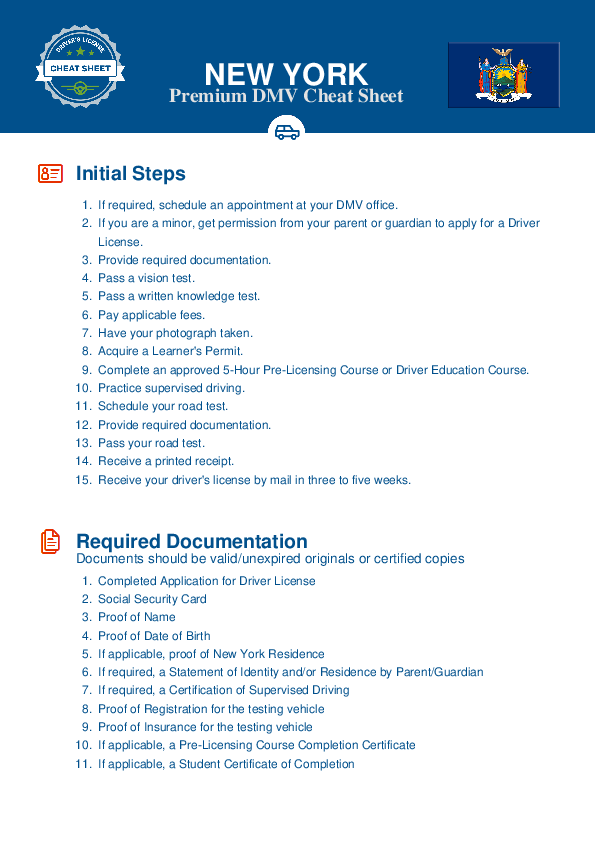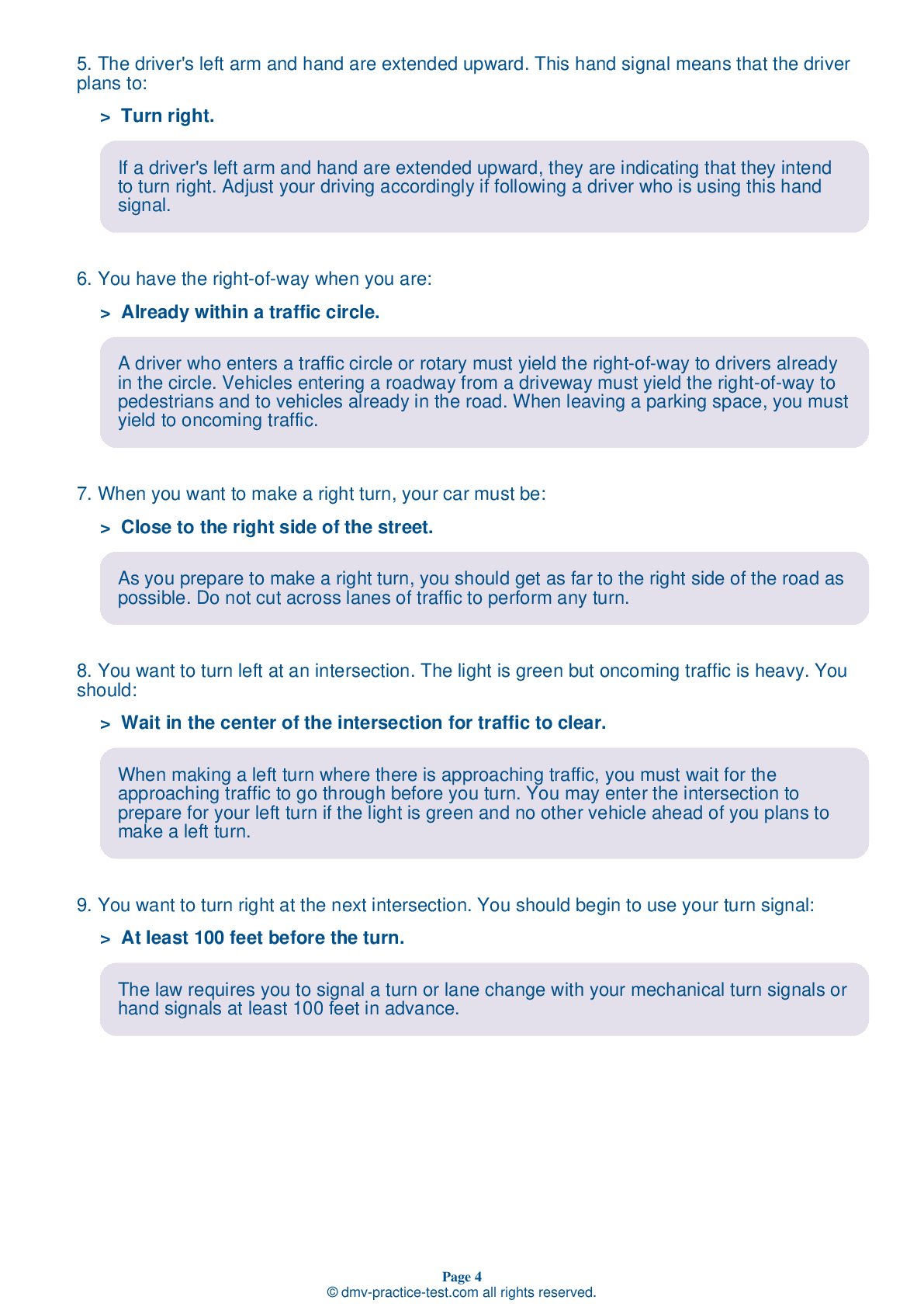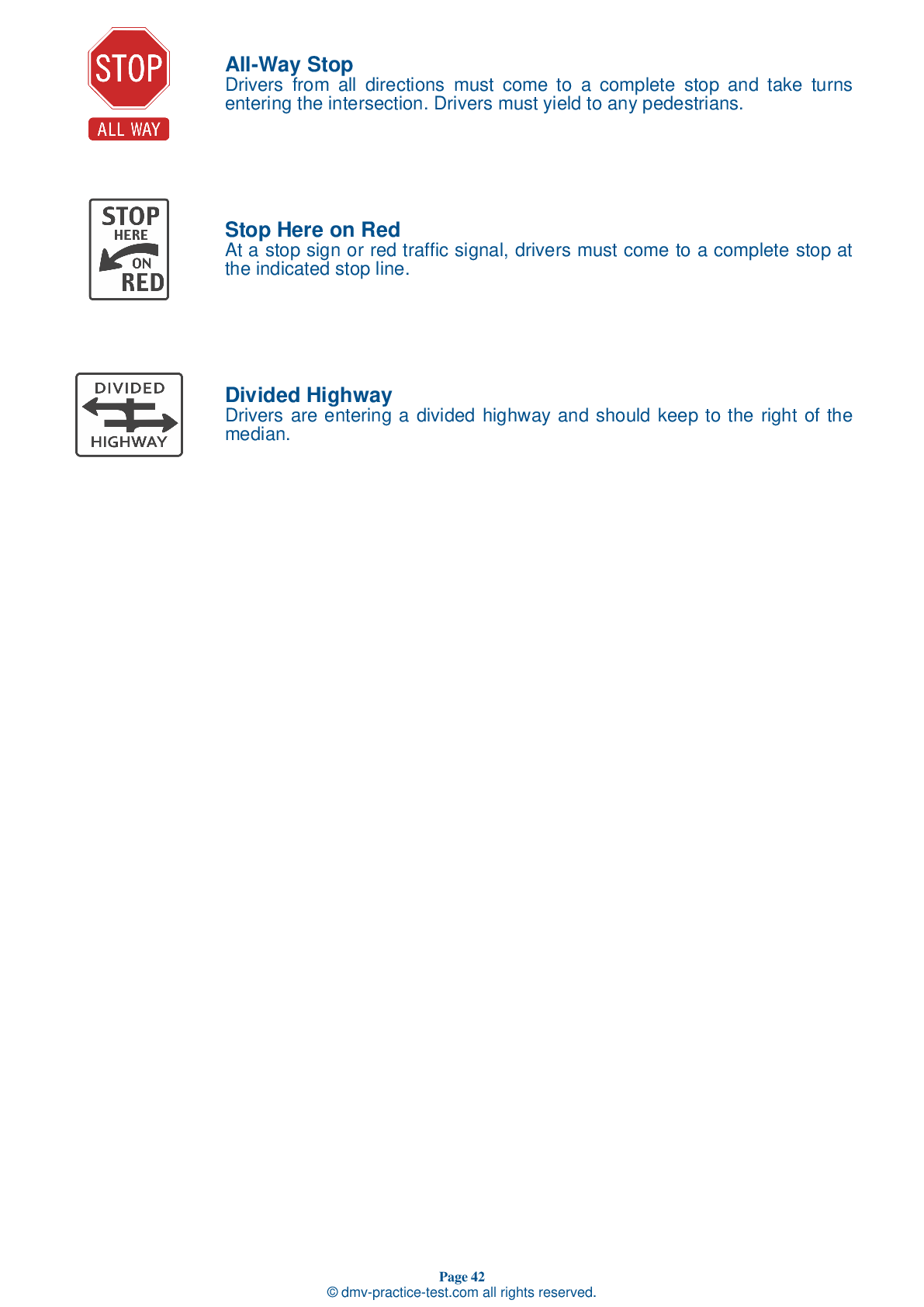FREE New York DMV Practice Test #1
New York's DMV practise examinations have been revised for January 2025. It includes questions based on the New York Driver Handbook's most significant traffic signals and legislation for 2025. Use actual questions that are very similar (often identical!) to the DMV driving permit test and driver's licence exam to study for the DMV driving permit test and driver's licence exam.
On the practise exam, each question gets a tip and explanation to help you remember the concepts. The written component of the official New York DMV test will feature questions about traffic rules, traffic signs, and driving statutes, as well as knowledge from the Driver Handbook.
To obtain a passing grade, you must correctly answer 14 of the 20 questions. Take this practise test from the New York Department of Motor Vehicles to help you prepare for your instruction permit or driver's licence.
The DMV exam is available in several languages.
Using any kind of testing assistance will result in an automatic fail, and the DMV may take additional action against your driver's licence, so stay away from it.
1 . The safest speed to drive your car:
In hazardous conditions, such as when roads are slippery or when weather is foggy, it may be necessary to drive below the posted speed limit. You can be ticketed for driving at a speed that is not reasonable for conditions, even if it's below the legal limit.
2 . A broken yellow centerline means that:
A broken yellow centerline means that a driver may cross the centerline to pass another vehicle on the left as long as there is no oncoming traffic. Drivers should never cross a solid yellow centerline in order to pass.
3 . Assuming that the street is level, what should you do after you have finished parallel parking in a space between two other cars?
The final step of parallel parking (unless you are on a hill) is to bring your wheels straight and pull forward, allowing room for surrounding vehicles to maneuver safely.
4 . The car behind you begins to pass you. You should:
If another vehicle passes you on the left, decrease your speed slightly and keep to the right. When the vehicle has safely passed and is ahead of you, resume your normal speed.
5 . If a truck or bus is making a right turn where you also need to make a right turn, you should:
If you try to insert your vehicle between a turning truck or bus and a curb, you may suffer a serious crash. To avoid a collision, do not turn until the truck or bus has completed its turn.
6 . You are driving in the middle lane on a three-lane expressway. A car begins to pass you on the right. The actions of that driver are:
On a two-way road with two or more lanes traveling in the same direction, it is permitted to pass on the right as long as doing so is not prohibited by signs or restricted by parked cars or other obstructions.
7 . Blood alcohol content (BAC) depends on each of the following, except:
Your blood alcohol content (BAC) depends on how much alcohol you drink, how much time passes between drinks, and your weight. It is not affected by the type of alcoholic beverages you drink, your level of physical fitness, or how well you can "hold your liquor."
See the exact questions that will be on the 2025 New York DMV exam.
99.2% of people who use the cheat sheet pass the FIRST TIME
LT gives us an insight on how the cheat sheet provided her with all the study questions she needed before taking her test.
Joe initially studied with the handbook and failed his test, he eventually found us online, studied and pass his test the first time around.



